Home>Furniture & Design>Bathroom Accessories>How To Remove Lime Buildup In Toilet Bowl
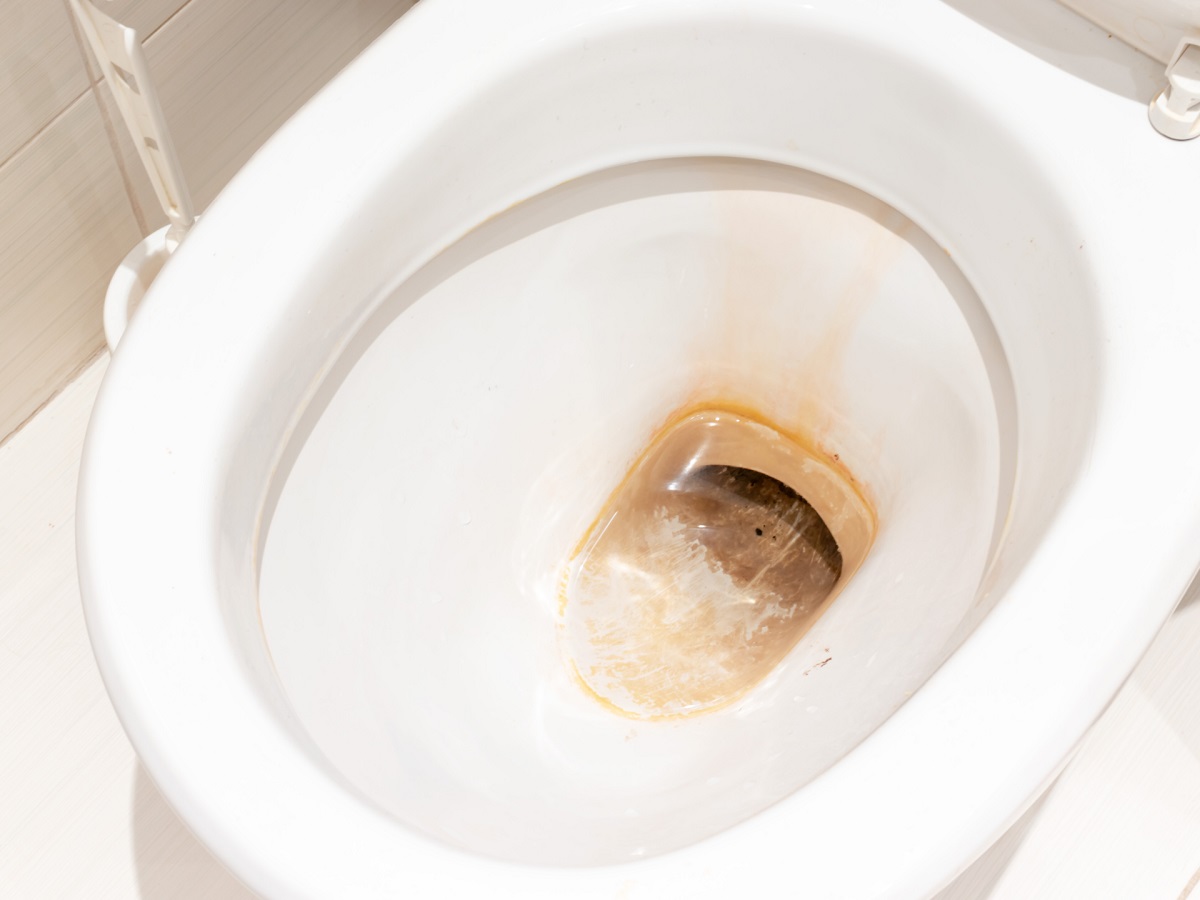

Bathroom Accessories
How To Remove Lime Buildup In Toilet Bowl
Modified: October 19, 2024
Learn effective methods to remove lime buildup in your toilet bowl with the right bathroom accessories. Keep your toilet clean and fresh with these simple tips.
(Many of the links in this article redirect to a specific reviewed product. Your purchase of these products through affiliate links helps to generate commission for Storables.com, at no extra cost. Learn more)
Introduction
Dealing with a stubborn lime buildup in your toilet bowl can be a frustrating and unsightly issue. Over time, mineral deposits from hard water can accumulate, leaving behind a crusty, discolored residue that seems nearly impossible to remove. However, with the right tools, materials, and techniques, you can effectively tackle this common bathroom challenge and restore your toilet bowl to its former sparkling glory.
Lime buildup not only mars the appearance of your toilet bowl but can also lead to unpleasant odors and even affect the performance of the toilet. Understanding how to effectively remove lime buildup and prevent its recurrence is essential for maintaining a clean and hygienic bathroom environment.
In this comprehensive guide, we will delve into the intricacies of lime buildup in toilet bowls and provide a step-by-step approach to effectively eliminate it. From understanding the nature of lime buildup to outlining the tools and materials needed, we will equip you with the knowledge and practical insights to tackle this issue with confidence.
By following the detailed instructions and tips provided in this guide, you will be able to restore your toilet bowl to its pristine condition and implement preventive measures to minimize future lime buildup. Let's embark on this journey to reclaim the cleanliness and freshness of your bathroom space by conquering the challenge of lime buildup in your toilet bowl.
Key Takeaways:
- Say goodbye to lime buildup in your toilet bowl by using white vinegar, baking soda, and a good toilet brush. Keep your bathroom fresh and clean with these simple, natural cleaning solutions.
- Prevent future lime buildup by establishing a regular cleaning schedule, using water softening solutions, and ensuring proper ventilation. With proactive measures, you can maintain a sparkling toilet bowl and a hygienic bathroom environment.
Read more: How To Remove Buildup In Toilet Bowl
Understanding Lime Buildup
Lime buildup, also known as limescale, is a common issue in households with hard water. Hard water contains a high concentration of minerals, such as calcium and magnesium, which can accumulate over time and form a stubborn, chalky residue in toilet bowls. This buildup often manifests as a crusty, off-white or brownish deposit that adheres to the porcelain surface, making it challenging to remove.
The formation of lime buildup occurs through a process known as precipitation. When hard water is heated or evaporates, the minerals it contains are left behind, gradually building up and solidifying on surfaces. In the case of toilet bowls, the constant exposure to water and the mineral-rich nature of urine contribute to the accumulation of limescale over time.
Aside from its unsightly appearance, lime buildup can also harbor bacteria and contribute to foul odors in the bathroom. Moreover, if left unchecked, it can impede the proper flushing action of the toilet and lead to potential plumbing issues.
Understanding the nature of lime buildup is crucial for effectively addressing this issue. By recognizing its composition and the factors that contribute to its formation, you can implement targeted cleaning methods and preventive measures to combat its recurrence. With this knowledge in hand, you will be better equipped to tackle the challenge of removing lime buildup from your toilet bowl and maintaining a clean, hygienic bathroom environment.
Tools and Materials Needed
To effectively tackle the task of removing lime buildup from your toilet bowl, you will need a set of essential tools and materials. These items are specifically chosen to facilitate the cleaning process and ensure thorough removal of the stubborn mineral deposits. Here's a comprehensive list of the tools and materials you will need:
1. Protective Gloves and Eyewear
Before embarking on the cleaning process, it's crucial to prioritize safety. Protective gloves and eyewear will shield your skin and eyes from the cleaning solution and any splashes that may occur during the scrubbing process. Opt for durable rubber gloves and safety goggles to safeguard yourself while working on the task.
2. Toilet Bowl Brush
A high-quality toilet bowl brush with sturdy bristles is indispensable for effectively scrubbing away the lime buildup. Look for a brush specifically designed for toilet cleaning, with a long handle for easy maneuvering and durable bristles that can tackle tough stains without scratching the porcelain surface.
Read more: How To Remove Calcium Buildup In Toilet Bowl
3. White Vinegar or Commercial Lime Scale Remover
White vinegar is a natural and effective solution for dissolving lime buildup due to its acidic properties. Alternatively, you can opt for a commercial lime scale remover specifically formulated for toilet bowl cleaning. Both options are capable of breaking down the mineral deposits and facilitating their removal.
4. Baking Soda
Baking soda serves as a gentle abrasive agent that aids in loosening and lifting the lime buildup from the toilet bowl surface. Its mild abrasive nature makes it an ideal complement to the cleaning solution, enhancing the overall effectiveness of the cleaning process.
5. Plastic or Wooden Stirring Stick
A plastic or wooden stirring stick will come in handy for mixing the cleaning solution and ensuring thorough distribution of the ingredients. Avoid metal stirring implements to prevent potential damage to the toilet bowl surface.
6. Empty Spray Bottle
An empty spray bottle is essential for dispensing the cleaning solution onto the affected areas of the toilet bowl. Opt for a spray bottle with a nozzle that allows for targeted application of the solution, facilitating precise coverage of the lime buildup.
Read more: How To Remove A Toilet Bowl
7. Distilled Water (Optional)
If your tap water is particularly hard, using distilled water for preparing the cleaning solution can enhance its effectiveness. Distilled water lacks the mineral content present in hard water, preventing potential interference with the cleaning process.
By assembling these essential tools and materials, you will be well-equipped to embark on the process of removing lime buildup from your toilet bowl with confidence and efficiency. With the right resources at your disposal, you can effectively combat the stubborn mineral deposits and restore the cleanliness of your toilet bowl.
Step 1: Empty the Toilet Bowl
Before commencing the process of removing lime buildup from your toilet bowl, it is essential to ensure that the bowl is completely emptied of water. This step is crucial as it allows for unobstructed access to the affected areas and facilitates the thorough application of the cleaning solution.
To empty the toilet bowl, start by turning off the water supply to the toilet. Locate the shut-off valve, typically situated on the wall behind the toilet, and turn it clockwise to stop the flow of water into the tank. Once the water supply is turned off, flush the toilet to drain the remaining water from the bowl. It is important to hold down the flush handle to ensure complete drainage of the water.
In some cases, residual water may remain in the bowl after flushing. To remove this remaining water, use a toilet plunger to force it down the drain. Place the plunger over the drain opening at the bottom of the bowl, ensuring a tight seal, and vigorously plunge up and down to create suction and dislodge the water. Continue plunging until the bowl is completely emptied, and no water remains within the drain trap.
Emptying the toilet bowl of water is a critical initial step in the process, as it allows for unobstructed access to the interior surfaces, enabling thorough cleaning and treatment of the lime buildup. By ensuring that the bowl is completely emptied, you set the stage for the subsequent steps of applying the cleaning solution and effectively scrubbing away the stubborn mineral deposits.
With the toilet bowl emptied and prepared for the cleaning process, you are now ready to proceed to the next step of applying the cleaning solution to tackle the persistent lime buildup. This initial preparatory step sets the foundation for a systematic and effective approach to restoring the cleanliness and freshness of your toilet bowl.
Step 2: Apply the Cleaning Solution
With the toilet bowl emptied and prepared for the cleaning process, the next crucial step involves the application of the cleaning solution to effectively target and dissolve the stubborn lime buildup. The cleaning solution serves as a potent agent for breaking down the mineral deposits and preparing them for removal through scrubbing. Here's a detailed guide on how to apply the cleaning solution to tackle the persistent lime buildup in your toilet bowl:
1. Prepare the Cleaning Solution
Begin by preparing the cleaning solution in a well-ventilated area. If using white vinegar as the primary cleaning agent, pour a generous amount of undiluted white vinegar into the empty spray bottle. Alternatively, if opting for a commercial lime scale remover, carefully follow the manufacturer's instructions for dilution and application. For an added boost, consider incorporating baking soda into the cleaning solution by sprinkling it directly into the toilet bowl.
Read more: How To Clean Calcium Buildup In Toilet Bowl
2. Apply the Solution to Affected Areas
Once the cleaning solution is prepared, evenly distribute it onto the interior surfaces of the toilet bowl that are affected by the lime buildup. Use the spray bottle to dispense the solution, ensuring comprehensive coverage of the stained areas. The acidic nature of the cleaning solution, whether white vinegar or a commercial cleaner, works to penetrate and dissolve the mineral deposits, preparing them for the subsequent scrubbing process.
3. Allow the Solution to Set
After applying the cleaning solution, allow it to set and work its magic on the lime buildup. The duration for which the solution should be left to act may vary depending on the severity of the deposits. For mild to moderate buildup, allowing the solution to set for 30 minutes to an hour is generally sufficient. In the case of more stubborn deposits, consider leaving the solution to work its way through the buildup for an extended period, such as several hours or overnight.
4. Reapply if Necessary
In instances where the lime buildup is particularly stubborn or extensive, it may be necessary to reapply the cleaning solution to ensure thorough penetration and dissolution of the deposits. Monitor the progress of the solution's action on the buildup, and if needed, apply an additional round of the cleaning solution to intensify its effectiveness.
By meticulously following these steps, you can effectively apply the cleaning solution to target and dissolve the persistent lime buildup in your toilet bowl. The application of the cleaning solution sets the stage for the subsequent step of scrubbing the toilet bowl to remove the loosened mineral deposits, ultimately restoring its cleanliness and freshness.
Step 3: Scrub the Toilet Bowl
After allowing the cleaning solution to effectively penetrate and loosen the stubborn lime buildup, the next pivotal step involves the physical removal of the dissolved mineral deposits through thorough scrubbing. This step is essential for dislodging the softened residue and restoring the porcelain surface of the toilet bowl to its pristine condition. Here's a detailed guide on how to effectively scrub the toilet bowl to eliminate the loosened lime buildup:
-
Utilize the Toilet Bowl Brush: Equip yourself with a high-quality toilet bowl brush featuring durable bristles designed to tackle tough stains without causing damage to the porcelain surface. The long handle of the brush facilitates easy maneuvering and access to hard-to-reach areas within the toilet bowl.
-
Begin Scrubbing: With the cleaning solution still present in the toilet bowl, commence the scrubbing process by targeting the areas affected by the lime buildup. Apply firm but gentle pressure with the brush, ensuring thorough coverage of the stained surfaces. Focus on areas where the mineral deposits are most concentrated, working systematically to dislodge the softened residue.
-
Concentrate on Stubborn Deposits: For particularly stubborn or extensive lime buildup, concentrate additional effort on these areas to ensure comprehensive removal. The combination of the cleaning solution's action and the mechanical agitation from the brush will aid in dislodging the deposits, gradually revealing the clean porcelain surface beneath.
-
Employ Circular and Back-and-Forth Motions: Utilize circular and back-and-forth scrubbing motions to effectively target and dislodge the loosened mineral deposits. Varying the direction and intensity of the scrubbing action can aid in achieving thorough removal of the buildup, ensuring that no traces of the residue remain.
-
Monitor Progress and Adjust Pressure: Continuously monitor the progress of the scrubbing process, adjusting the pressure and focus of the brush as needed. Exercise caution to avoid applying excessive force that may potentially damage the porcelain surface, while ensuring that the scrubbing action remains effective in removing the dissolved lime buildup.
-
Rinse and Inspect: Periodically rinse the brush in clean water to remove dislodged residue and inspect the toilet bowl for any remaining traces of lime buildup. Continue scrubbing until the porcelain surface is completely free of the dissolved deposits, revealing a clean and refreshed appearance.
By meticulously following these steps and employing diligent scrubbing techniques, you can effectively remove the loosened lime buildup from your toilet bowl, restoring its cleanliness and luster. The scrubbing process represents a pivotal stage in the comprehensive approach to eliminating lime buildup, setting the stage for the subsequent step of rinsing and repeating the process as needed to achieve optimal results.
Read more: How To Remove Scratches In Toilet Bowl
Step 4: Rinse and Repeat
After completing the scrubbing process to remove the loosened lime buildup from the toilet bowl, the next crucial step involves thorough rinsing to eliminate any residual cleaning solution and dislodged deposits. This step is essential for ensuring that the toilet bowl is left impeccably clean and free of any lingering traces of the dissolved mineral deposits. Here's a detailed guide on how to effectively rinse the toilet bowl and the option of repeating the cleaning process if necessary:
-
Flush the Toilet: Begin the rinsing process by flushing the toilet to thoroughly remove the cleaning solution and dislodged residue from the bowl. The force of the water from the flush will help to disperse any remaining traces of the dissolved lime buildup, facilitating their expulsion through the drain.
-
Inspect for Remaining Deposits: Following the initial flush, carefully inspect the interior of the toilet bowl for any remaining traces of lime buildup. Pay close attention to areas where the deposits were most concentrated, ensuring that the porcelain surface is free of any lingering residue.
-
Rinse with Clean Water: If any residual traces of the dissolved deposits are detected, use a clean bucket or a separate container to pour water into the toilet bowl, thoroughly rinsing the affected areas. Utilize a plastic or wooden stirring stick to agitate the water and dislodge any remaining particles, facilitating their removal through subsequent flushing.
-
Repeat the Cleaning Process (If Necessary): In cases where stubborn or extensive lime buildup persists despite the initial cleaning efforts, consider repeating the entire cleaning process to intensify the removal of the deposits. This may involve reapplying the cleaning solution, allowing it to set for an extended period, and conducting a thorough scrubbing to target the persistent deposits.
-
Monitor the Results: After rinsing and, if applicable, repeating the cleaning process, carefully assess the results to ensure that the toilet bowl is free of any remaining lime buildup. Inspect the porcelain surface for cleanliness and smoothness, verifying that all traces of the deposits have been effectively removed.
By diligently following these steps and exercising thoroughness in the rinsing process, you can ensure that the toilet bowl is left impeccably clean and free of any residual traces of the dissolved mineral deposits. The option of repeating the cleaning process provides a strategic approach to addressing persistent lime buildup, ultimately leading to the restoration of a pristine and hygienic toilet bowl.
Step 5: Preventing Future Lime Buildup
Preventing future lime buildup in your toilet bowl is essential for maintaining its cleanliness and prolonging the intervals between intensive cleaning sessions. By implementing proactive measures, you can effectively minimize the recurrence of stubborn mineral deposits and preserve the pristine condition of your toilet bowl. Here's a comprehensive guide on how to prevent future lime buildup and maintain a hygienic and visually appealing bathroom environment.
1. Regular Cleaning Schedule
Establishing a consistent cleaning schedule for your toilet bowl is paramount in preventing the accumulation of lime buildup. Regularly cleaning the bowl with a mild acidic solution, such as white vinegar, can help inhibit the formation of mineral deposits and maintain the porcelain surface's cleanliness. By incorporating toilet bowl cleaning into your routine maintenance tasks, you can proactively address potential buildup before it becomes entrenched.
2. Water Softening Solutions
Consider utilizing water softening solutions or devices to mitigate the effects of hard water on your plumbing fixtures, including the toilet bowl. Water softeners work to reduce the mineral content in the water supply, effectively minimizing the formation of limescale and prolonging the intervals between cleanings. Installing a water softening system can significantly contribute to preventing future lime buildup and preserving the overall condition of your bathroom fixtures.
Read more: How To Remove Clog In Toilet Bowl
3. Use of Toilet Bowl Cleaners
Selecting toilet bowl cleaners specifically formulated to combat lime buildup can aid in preventing its recurrence. Look for cleaners containing ingredients designed to dissolve and inhibit mineral deposits, effectively maintaining the cleanliness of the bowl. Regularly using these targeted cleaners as part of your cleaning routine can contribute to preventing the formation of stubborn lime buildup and preserving the aesthetic appeal of your toilet bowl.
4. Proper Ventilation
Ensuring adequate ventilation in your bathroom can help mitigate the effects of moisture and humidity, which can exacerbate the formation of lime buildup. Proper ventilation, such as utilizing exhaust fans or opening windows, facilitates the evaporation of moisture and minimizes the conditions conducive to limescale formation. By promoting a well-ventilated environment, you can proactively deter the accumulation of mineral deposits in your toilet bowl.
5. Periodic Maintenance Checks
Incorporate periodic maintenance checks of your plumbing and water supply systems to identify and address potential issues contributing to lime buildup. Inspect for leaks, address any plumbing concerns promptly, and assess the overall condition of your water supply. By proactively addressing underlying issues, you can minimize the impact of hard water on your toilet bowl and prevent the recurrence of stubborn mineral deposits.
By integrating these preventive measures into your bathroom maintenance routine, you can effectively minimize the occurrence of lime buildup in your toilet bowl and preserve its cleanliness and functionality. Implementing proactive strategies to prevent future lime buildup contributes to a hygienic and visually appealing bathroom environment, ensuring that your toilet bowl remains free of stubborn mineral deposits and maintains its pristine condition.
Conclusion
In conclusion, conquering the challenge of lime buildup in your toilet bowl is a task that demands a strategic and comprehensive approach. By understanding the nature of lime buildup, equipping yourself with the essential tools and materials, and following a systematic cleaning process, you can effectively restore the cleanliness and freshness of your toilet bowl. The step-by-step approach outlined in this guide provides a roadmap for addressing the persistent mineral deposits and implementing preventive measures to minimize their recurrence.
The journey begins with the understanding of lime buildup, recognizing its composition and the factors contributing to its formation. Armed with this knowledge, you can approach the task with confidence, knowing the intricacies of the challenge at hand. The essential tools and materials, including protective gear, cleaning solutions, and a reliable toilet bowl brush, serve as your allies in the battle against lime buildup, enabling you to tackle the task with efficiency and precision.
The step-by-step process, from emptying the toilet bowl and applying the cleaning solution to thorough scrubbing and rinsing, guides you through a methodical approach to removing the stubborn mineral deposits. Each step is meticulously designed to facilitate the dissolution and removal of the lime buildup, ultimately restoring the porcelain surface to its pristine condition. The option of repeating the cleaning process and implementing preventive measures ensures a proactive stance in combating future lime buildup, contributing to the long-term maintenance of a hygienic and visually appealing bathroom environment.
By integrating these insights and techniques into your cleaning routine, you can transform the daunting task of addressing lime buildup into a manageable and rewarding endeavor. The persistence and attention to detail invested in the cleaning process yield tangible results, culminating in a toilet bowl that exudes cleanliness and freshness. Moreover, the implementation of preventive measures serves as a proactive shield against the recurrence of stubborn mineral deposits, contributing to the prolonged cleanliness and functionality of your toilet bowl.
In essence, the journey to remove lime buildup from your toilet bowl is not merely a task but a transformative process that empowers you to reclaim the cleanliness and freshness of your bathroom space. With the knowledge and practical insights gained from this guide, you are equipped to confront the challenge of lime buildup with confidence and efficiency, ensuring that your toilet bowl remains a pristine and hygienic fixture within your home.
Frequently Asked Questions about How To Remove Lime Buildup In Toilet Bowl
Was this page helpful?
At Storables.com, we guarantee accurate and reliable information. Our content, validated by Expert Board Contributors, is crafted following stringent Editorial Policies. We're committed to providing you with well-researched, expert-backed insights for all your informational needs.
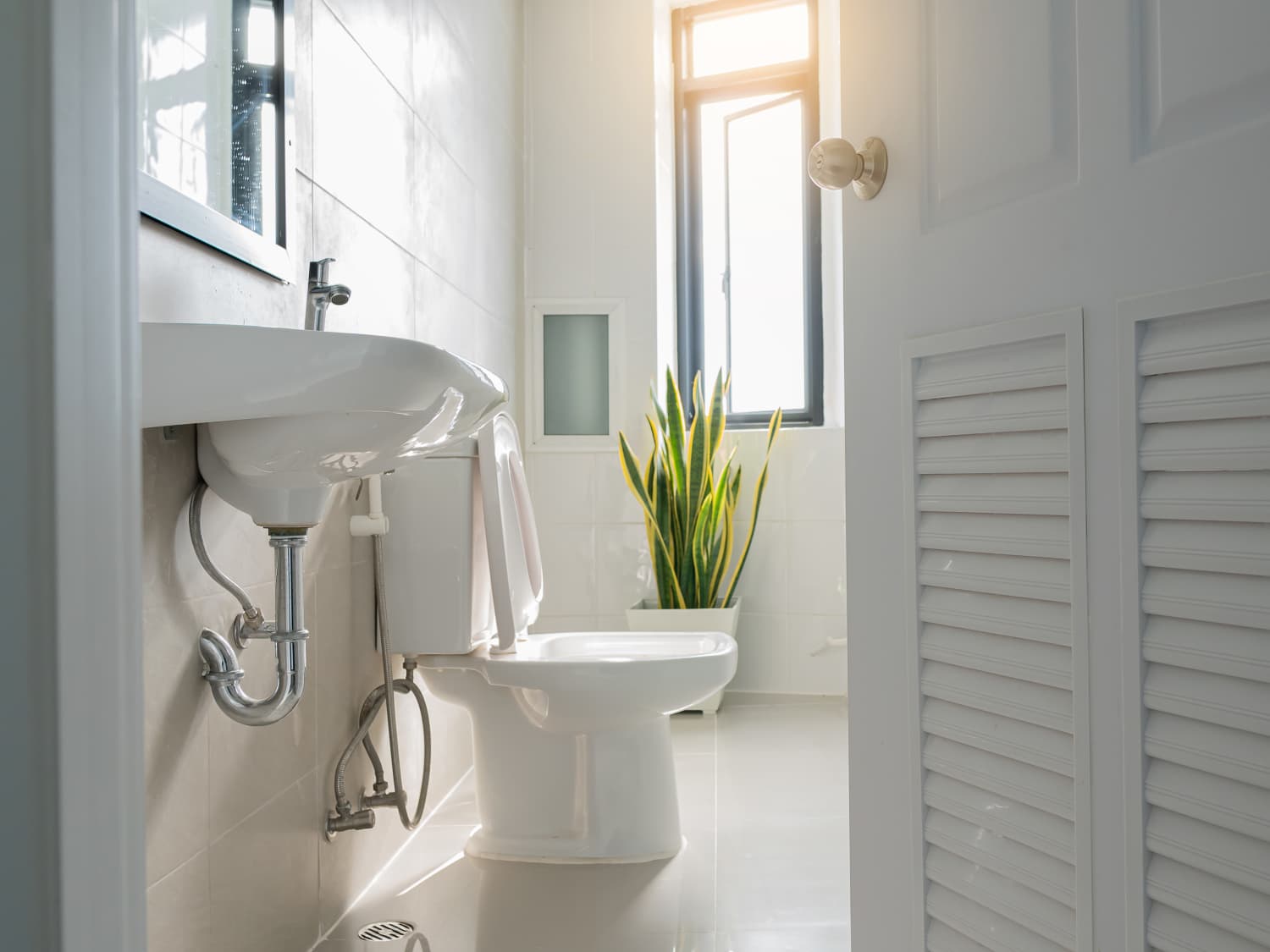
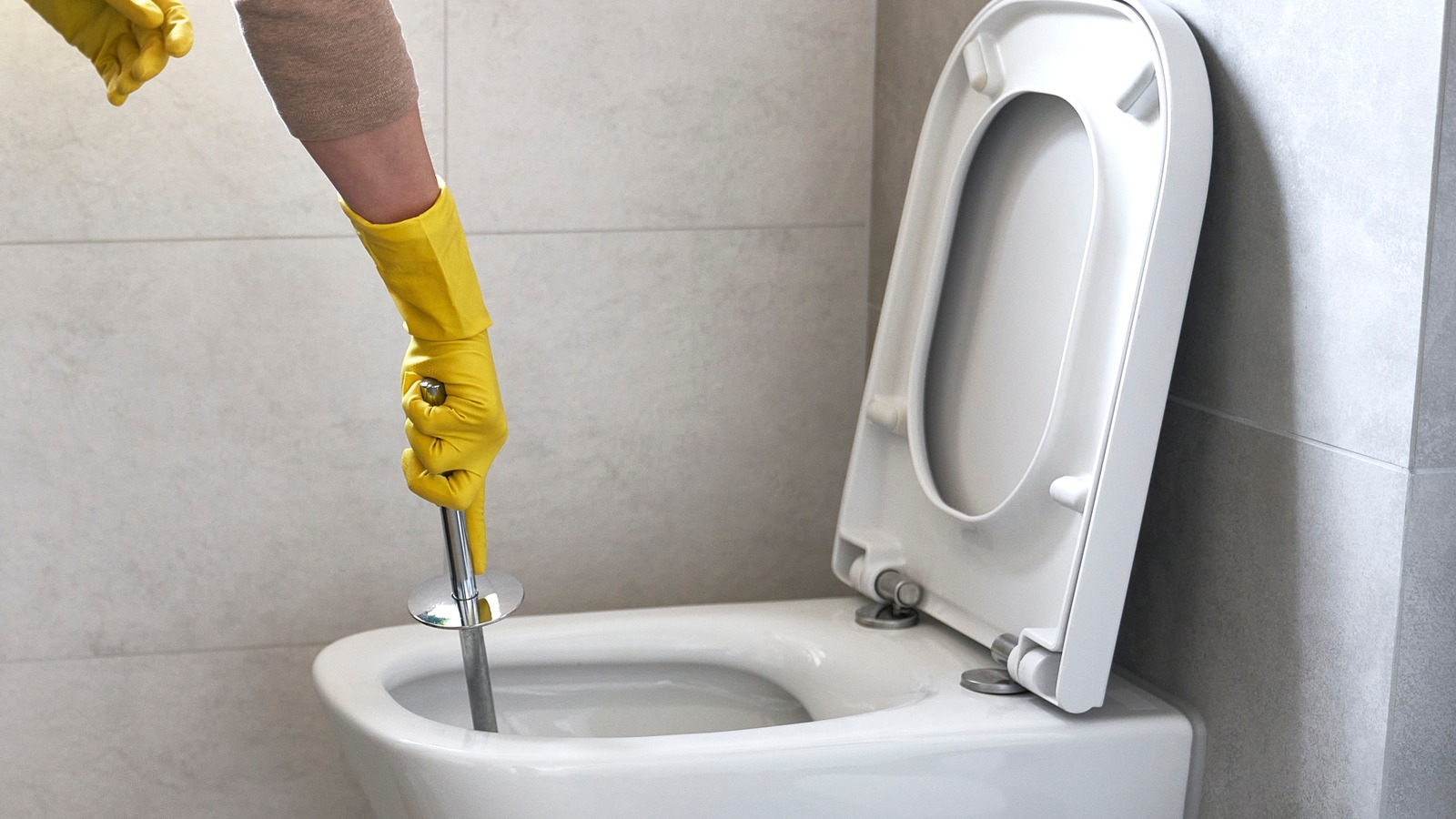
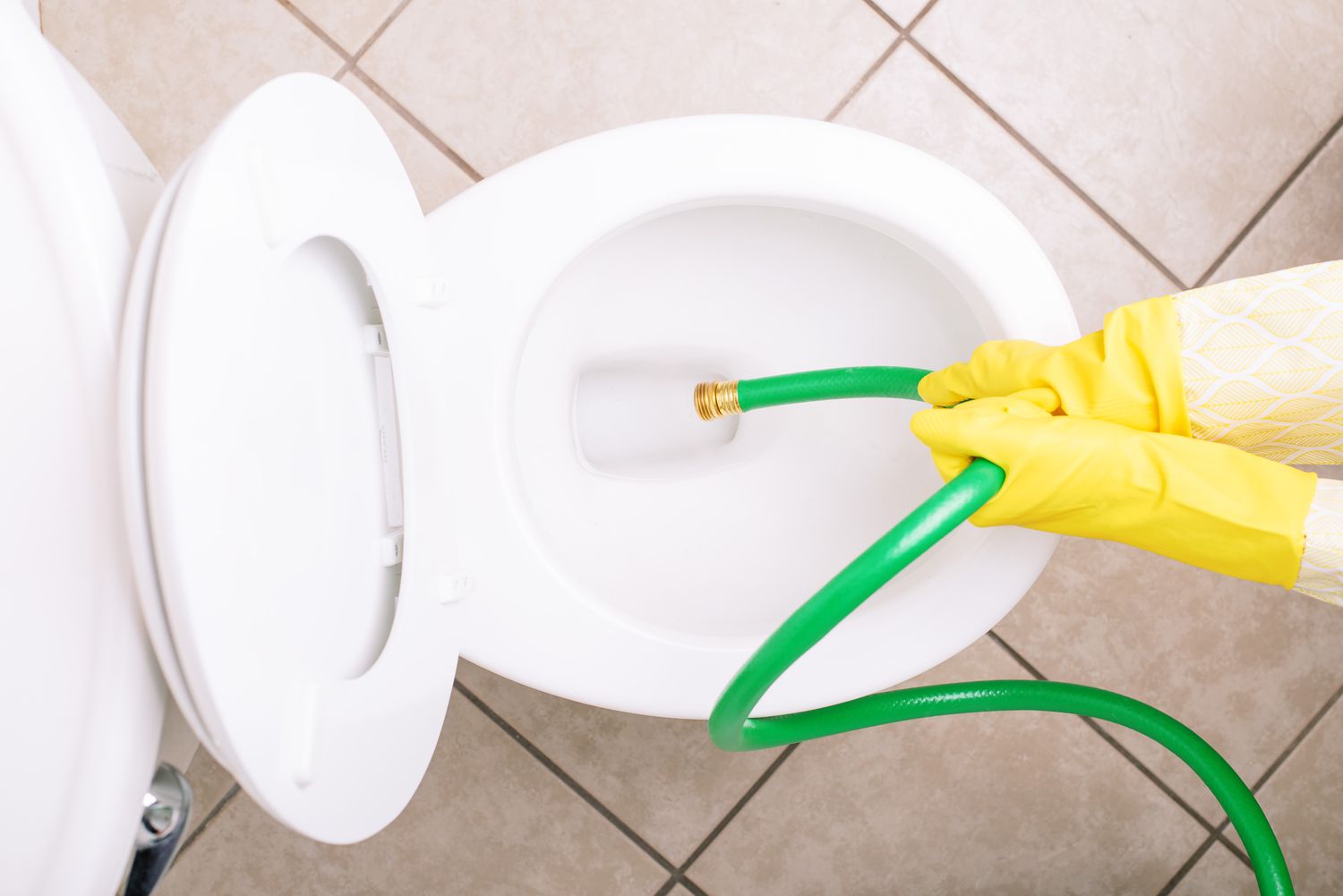
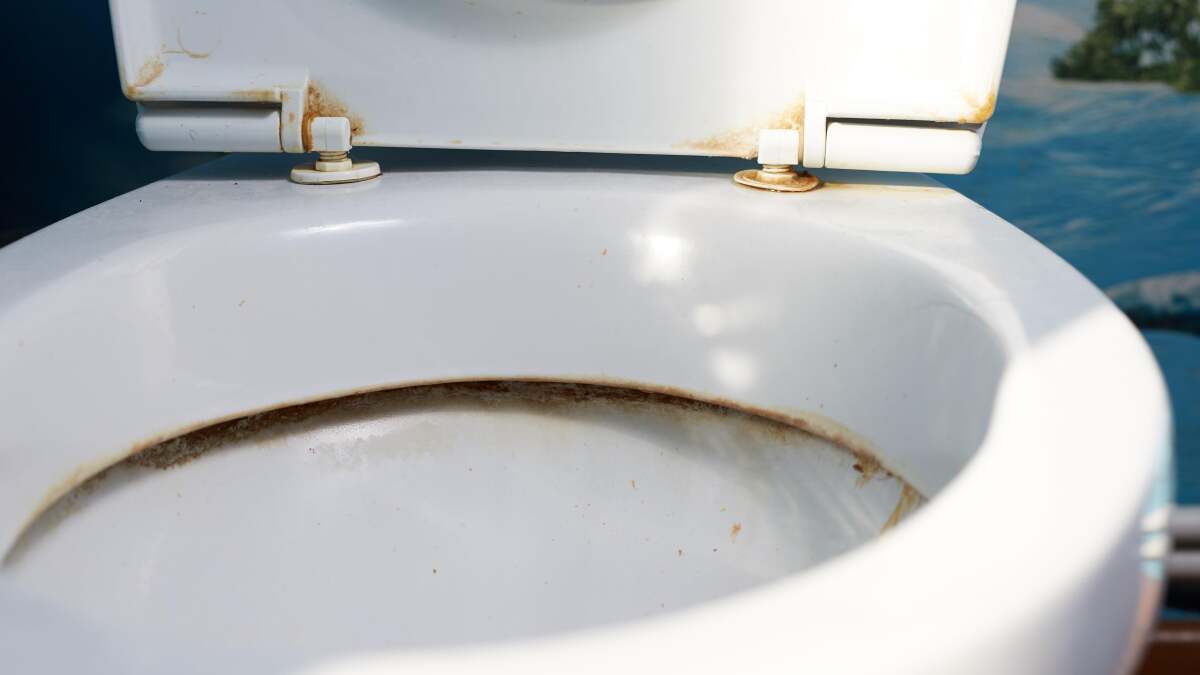
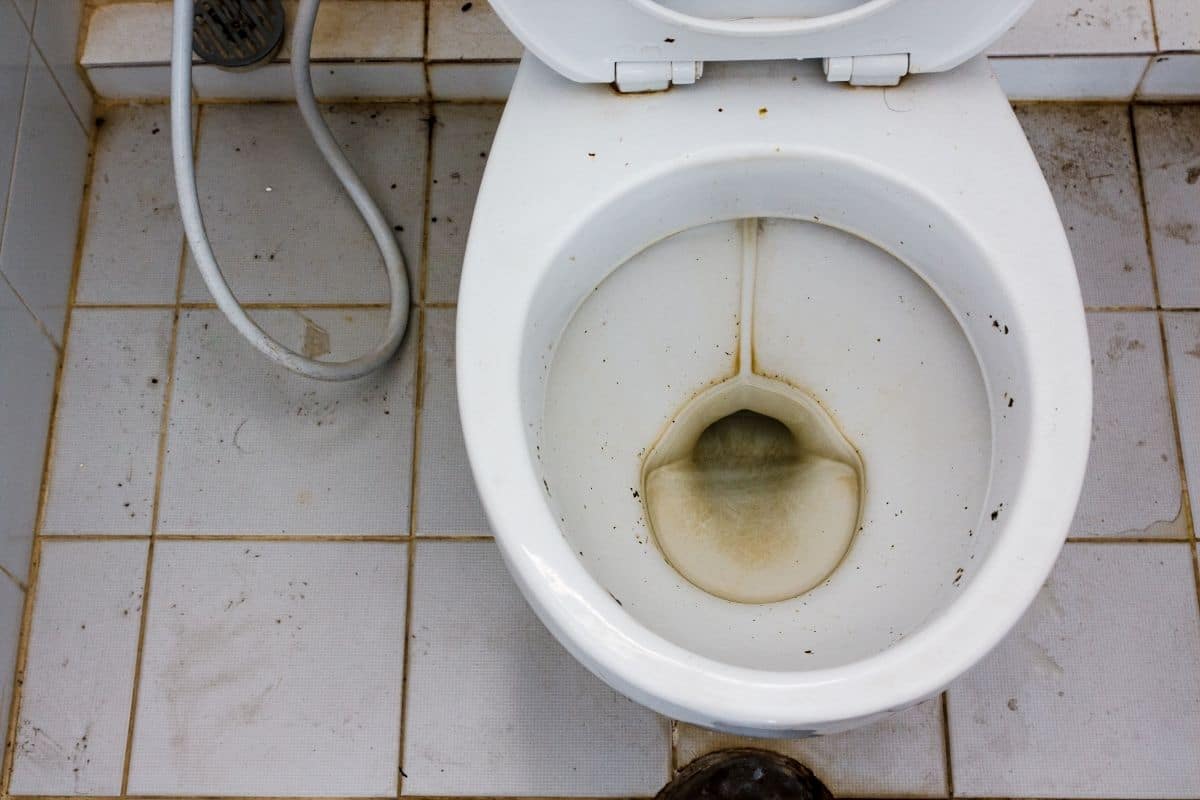
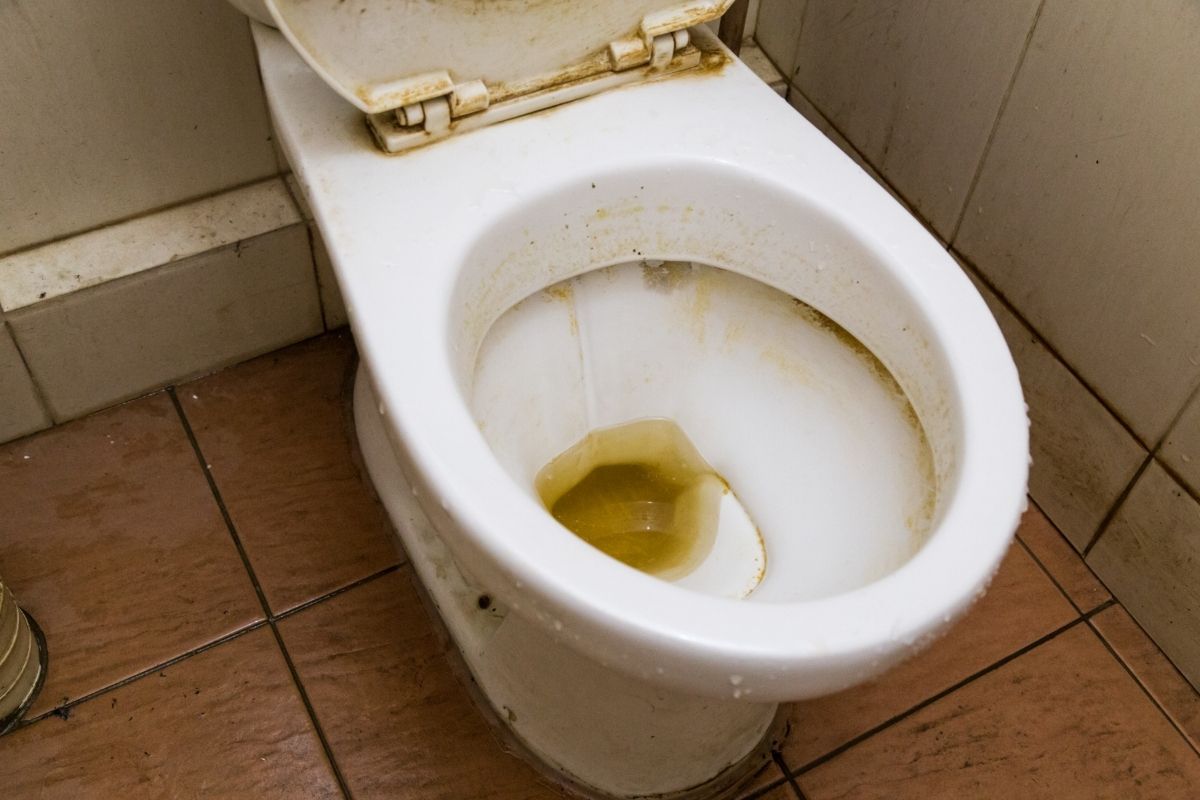
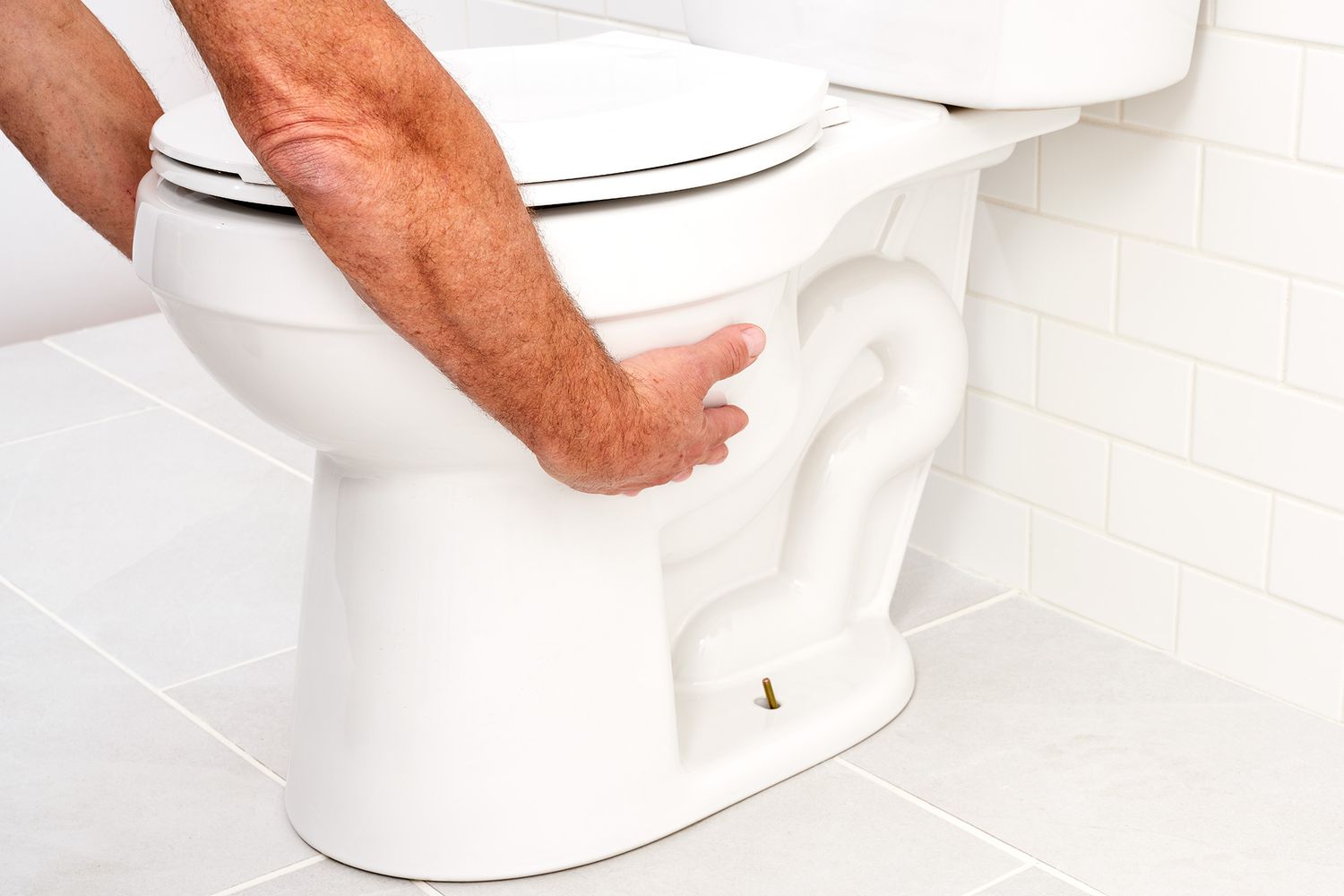
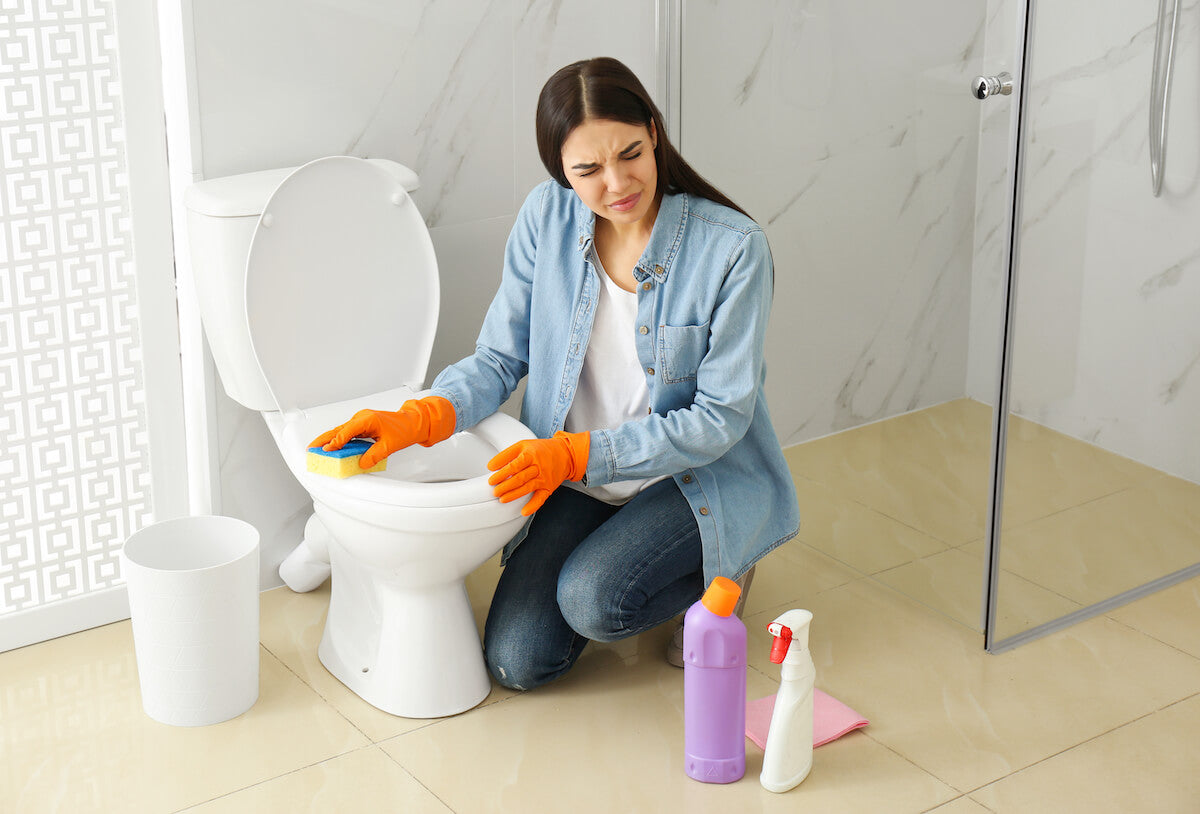
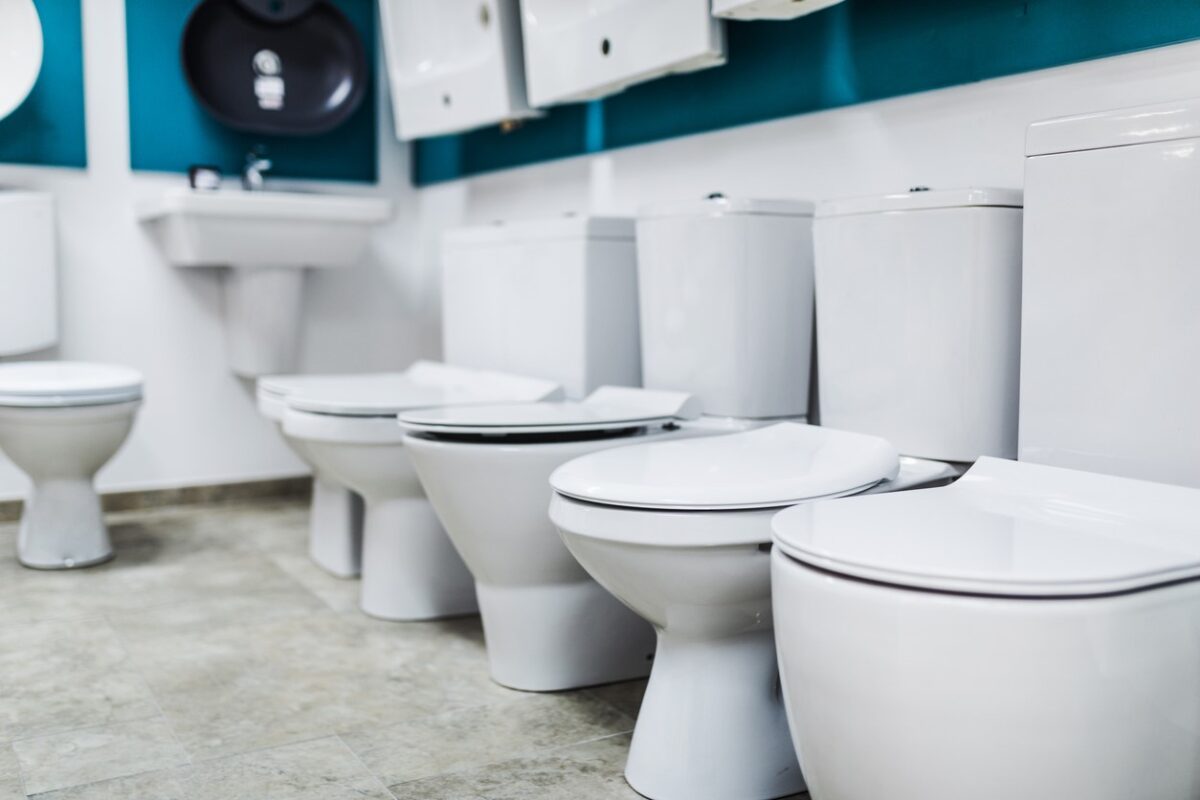


0 thoughts on “How To Remove Lime Buildup In Toilet Bowl”